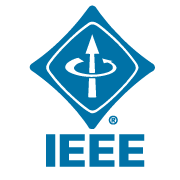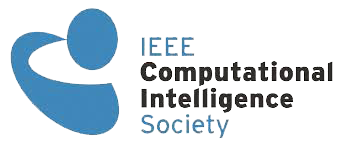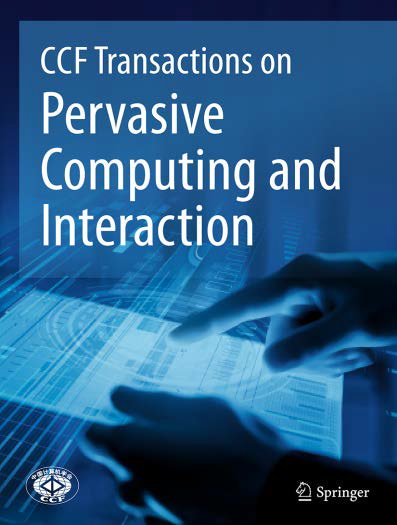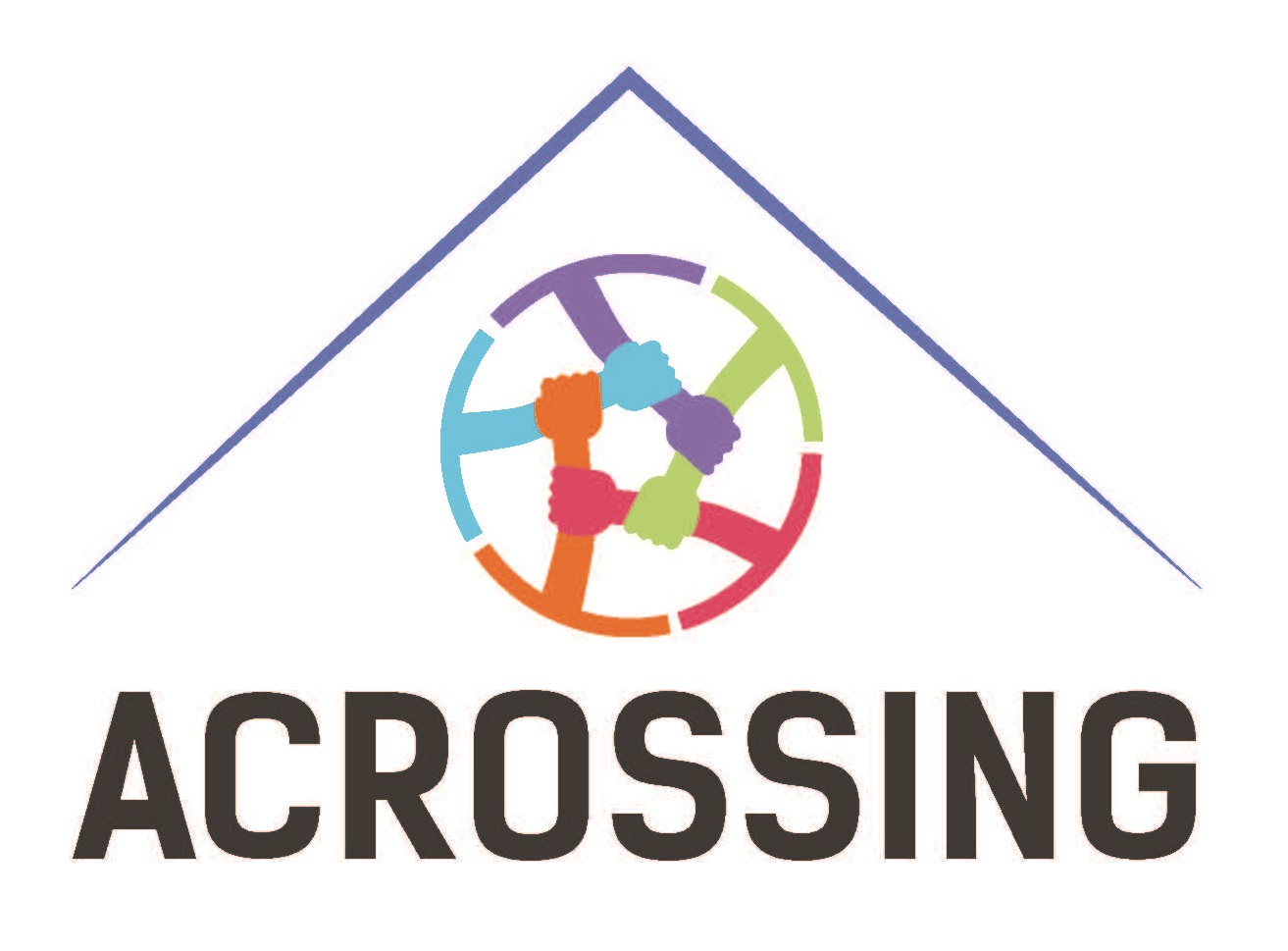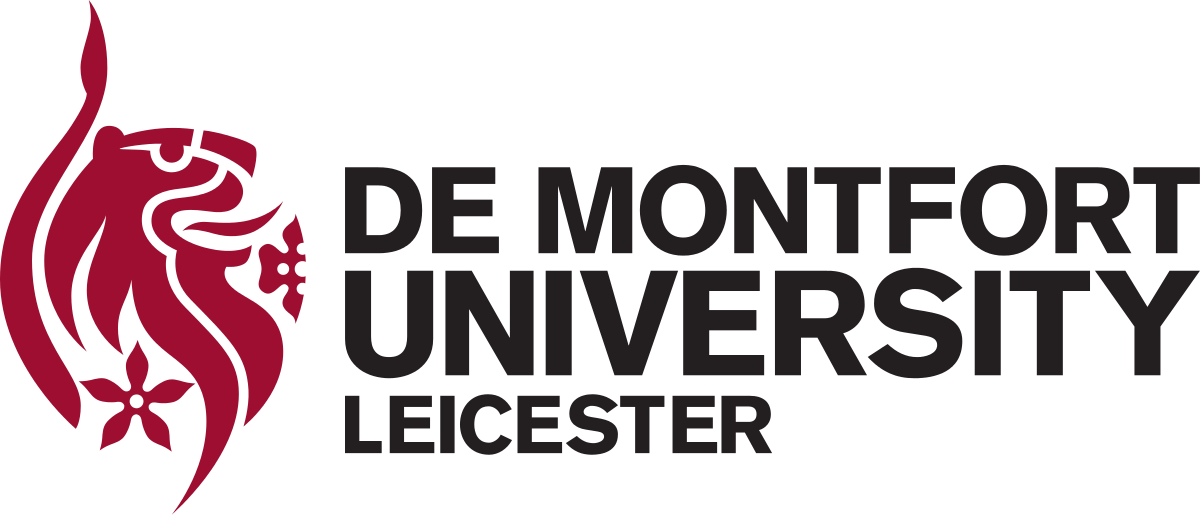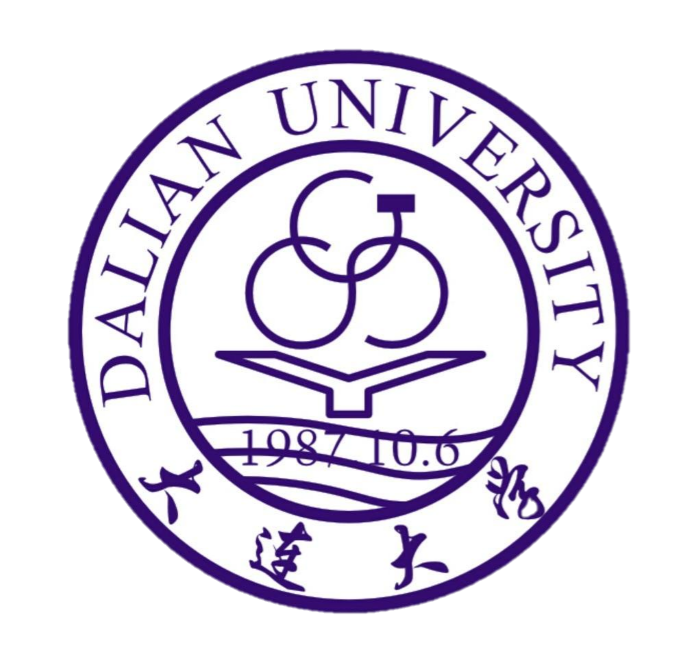Panel I: Emerging Enabling Technologies For Smart World
Panel II: Intelligence Analytics: The Confluence Of Data Analytics And Artificial Intelligence
| Statements: |
|
Pervasive Distributed Robotic Systems For Smart World (Julien Bourgeois) Technological advances, especially in the miniaturization of robotic devices foreshadow the emergence of large-scale ensembles of small-size resource-constrained robots that distributively cooperate to achieve complex tasks. These ensembles are formed by independent, intelligent and communicating units which act as a whole ensemble which can be used to build programmable matter i.e. matter able to change its shape. In my talk, I will present our research effort in building Programmable Matter (PM) based on modular robots. To do this, we use micro-technology to scale down the size of each element, and we study geometry, structure, actuation, power, electronics and integration. To manage the complexity of this kind of environment, we propose a complete environment including programmable hardware, a programming language, a compiler, a simulator, a debugger and distributed algorithms. This distributed robotic system could be embedded in many day-to-day objects enabling the creation of smart world. |
|
Enabling Future IoT Scenarios Through Smart Thing Architectures (Sumi Helal) In this panel, I will call for a "Walk Before We Run" adjustment in the Internet-of-Things (IoT) research and development landscape. Without first settling the quest for what thing is or could be or do, we run the risk of presumptuous visions, or hypes, that can only fail the realities and limits of what is actually possible, leading to customers and consumers confusion as well as market hesitations. Specifically, without a carefully-designed Thing architecture in place, it will be very difficult to find the “magic” we are so addicted and accustomed to – programming! Programming the IoT, as we once programmed the mainframe, the workstation, the PC and the mobile devices, is the natural way to realize a fancy IoT scenario or an application. |
|
Towards Smart World With Power Of Synergy Of Cognitive Learning And Machine Learning (Runhe Huang) Cognitive learning refers to the mechanisms of the brain’s learning that explain how humans process information, accumulate/update knowledge, and apply knowledge by a set of abstract intelligence: interpretation, assimilation, and instantiation. Machine Learning at its most basic refers to the practice of using algorithms to assimilate experience from observed data. Machine learning can build knowledge models based on acquired past experiences, while Cognitive learning can perform reasoning using prior knowledge or past experiences (existing models) to arrive at a solution to a problem. This plenary talk will address the power of the synergy of cognitive learning and machine learning for machine intelligence towards smart worlds. The KID (Knowledge-Information-Data) as a generic cognitive learning model will be introduced and the framework how it conjuncts with machine learning algorithms will be explained. |
|
Towards Smart Energy-Aware Cyber-Physical Systems Through Learning-Based Scheduling (Man Lin) One goal of technical support for "smart world" is to design or apply computational intelligence techniques to the development of cyber-physical systems that are resource-constrained. This plenary talk addresses one aspect of “Smartness” for cyber-physical resource-constrained systems, which is smart resource allocation that promotes energy efficiency. Cyber-physical systems regularly interact with an uncertain environment, and thus, the workload of a cyber-physical system at a given time point could be unpredictable. Traditional scheduling methods are, therefore, hard to achieve energy efficiency without prior knowledge of the workload. Reinforcement learning is a learning technique where an agent can choose an action based on history and reward. Reinforcement learning is thus a suitable technique to learn from past experience and environment feedback without manually labeling data for the learning process. The learning-based scheduling for smart energy-aware cyber-physical systems will be explained, and the challenges will be discussed in this talk. |
Top↑
| Statements: |
|
Intelligent Analytics: Towards Developing End-To-End Support For Systems, Processes, Things And Environments (Sally Mcclean) There is an ever-increasing capability to collect, process and use complex knowledge and big data that are online, diverse and heterogeneous, through developing technologies such as the internet of things. This provides huge potential for data-driven AI to provide intelligent end-to-end solutions that combine diverse knowledge and data for smart, joined-up and evolving support, prediction, situation assessment, situation prediction and action for systems, processes, things and environments. Such data-driven intelligence can provide an integration of artificial intelligen data analytics, and performance management for improved functionality, trust, security and dependability. However, in order to realise this potential, emerging and enabling technologies such as databases, data warehouses, cloud, sensor technology, and internet of things must be fully exploited to provide optimal integration of highly heterogeneous devices, machines, systems and technologies. Towards this goal we will discuss some recent work carried out in the BT Ireland Innovation Centre (BTIIC), funded by Invest Northern Ireland and representing a major partnership between BT and Ulster University, which is at the intersection of Artificial Intelligence, the Internet of Things and Telecommunications. The centre builds on previous research in Ulster University and BT in cloud computing, optimisation, vision systems, resilient communications, smart environments and big data analytics. |
|
Why Is Intelligence Big Data? (Hongji Yang) “Data” can be further classified into data, information, knowledge, intelligence and wisdom, and it can be viewed that these can be manipulated by computing individually. It would be helpful to data analytics if connections between these can be formulated fully or even just to certain extent, and possible connections are to be speculated at the discussion. |
|
Fuelling The Artificial Intelligence Revolution With Gaming (Alison B Lowndes) Artificial Intelligence does not stop at deep learning. The field is evolving at an unprecedented pace, impacting all areas of society, from healthcare and transportation to smart cities and energy. AI won’t be an industry, it will be part of every industry. NVIDIA invests both in pure research and its GPU computing platform to enable a diverse customer base, across gaming, VR, AI, robotics, graphics, visualisation, HPC, healthcare, edge & more. Alison will briefly highlight innovations from evolutionary & reinforcement learning, to embedded low SWaP intelligent video & more, across fascinating deployments both on and off the planet! |
|
Speculation and brainstorming: Beyond Data Analytics and AI (Liming Chen) Experiencing the hype of data analytics and its rapid development of underpinning technologies, after the initial (over)excitement of the new generation of AI, mainly driven by the resurrected deep learning techniques, now it is time to sit tight and quiet to ponder and speculate what will happen next. In this short talk the speaker will present his view and vision about future direction and potential topics of higher scientific values. It is aimed at stimulating ideas and discussions, and hopefully from which new lines of research will emerge, and directions can be found. |
Top↑
| Statements: |
|
Connected People and Prosperous Places – The Making of A Smart City (Kieran O’Hea) Leicester residents hail from over 50 countries across the globe, making the city one of the most ethnically and culturally diverse places in the UK. The City Council is developing a Smart Cities programme that is primarily designed to have an impact across the city and deliver benefits to its residents. The first step in Leicester’s smart journey was to engage with people and ask them what they want – what does a Smart Leicester mean to them and what should it deliver? From the outset, the programme was designed to be city-needs led and demand-driven, not industry-led and demand-driven. We want to help people to become better connected, in terms of digital inclusion, social integration and personal mobility. We also want our neighbourhoods to become prosperous places where the economy, the environment and our communities are secure and sustainable. The Smart Cities programme will also respond to environmental and social challenges, including austerity, climate change and social and economic inequality, supported by digital technology, city-wide data and collaboration to improve community wellbeing. It is our intention that every part of the city has access to affordable, fast broadband internet and that we will work with providers to rapidly widen access to full fiber services. We will continue to work to get free Wi-Fi on our housing estates and facilitate the best mobile services. We will build the opportunities for all people to develop digital skills and make our services and information more accessible online. We will revitalize our city infrastructure and planning rules so that Leicester works towards becoming a carbon neutral city. The Smart Cities programme is a roadmap for transforming Leicester into a smart city that establishes our direction of travel towards a stronger, more sustainable and inclusive future for all citizens. With innovative technology built into the fabric of the city, Leicester will improve the quality of life of its residents, making its neighborhoods, communities and places more prosperous and sustainable. |
|
Harnessing Crowd Intelligence in Urban Computing 2.0 (Bin Guo) With the development of Internet of Things and mobile Internet, we can obtain more and more human-centered data in the real world and the cyber world. Crowd intelligence leverages online/offline human-contributed data to extract useful knowledge about the group, organization, as well as the city. In this talk, we will characterize the concept model of crowd intelligence and present our practice of the usage of crowd intelligence in the urban computing 2.0 era, including explicit/implicit crowd intelligence, crowd knowledge fusion, crowd knowledge transfer, and crowd-augmented learning models. |
|
IoT-based Human Activity Recognition for Ambient Intelligence Applications (Kevin I-Kai Wang) Over the last decade, consumer electronic devices have entered a new era and penetrated everyone’s life. Enormous amount of data can be collected and information be exchanged to facilitate intelligent services that can assist our day-to-day lives. The existing trend aligns with the concept of the Internet of Things (IoT), which envisioned to embed and interconnect electronics to day-to-day objects for data collection and service provision. Today, numerous IoT technologies have been developed to provide solutions to pervasive healthcare, intelligent location-based services, and environmental monitoring applications. In this talk, human activity recognition (HAR) and its challenges in real-time data analytics and data uncertainties using wearable and ambient IoT devices will be presented. |
|
Empowering Citizens into CO-CREATORS of Datasets and Public Services (Diego López-De-Ipiña González-De-Artaza) Open Government aims to enhance the transparency, participation and collaboration of city stakeholders in order to give place to Smarter Cities. In this talk, work on the WeLive and AUDABLOK research projects fostering citizen empowerment will be described. Regarding WeLive, its associated co-creation fostering methodology together with its co-creation tools and a wide range of resulting co-created artefacts, will be illustrated. Regarding AUDABLOK, how Open Data and Human Computation can be brought together through blockchain to foster the collaboration of citizens on the continuous enhancement of Open Data portals will be explored. In both cases, our quest for continuous and sustainable engagement of citizens in urban co-creation activities will be explored and the lessons learnt from our previous research efforts will be outlined. |
|
A Research Direction of Urban Computing 2.0: Intelligent Systems Engineering (Hong Zhu) With the emerge of Urban Computing 2.0, artificial intelligence is increasingly applied to fulfil the promises of the huge investment in the infrastructure of urban computing. This is enabled by the advances in a wide spectrum of computing and communication technologies, including big data, data analytics, IoT, mobile computing, cloud, fog and edge computing, etc. However, in addition to the technical challenges that these techniques address, there is another type of challenges that must be meet before such applications can be rolled out in large scale; that is, the engineering challenges. An engineering methodology, which comprises a set of methods, processes and tools, ensures that the developed systems are highly reliable, ensures that projects’ successes are repeatable and also the costs of developing such systems are efficient. It is worth noting that existing engineering paradigms are unable to meet the engineering challenges because of the new uncertainties associated to the development of such systems. According to Manny Lehman, there are three types of uncertainties associated to software development: Pragmatic Uncertainty may cause system failures due to human engineer’s mistakes; Godel Uncertainty may result in defects in the system due to incompleteness of problem specification; Heisenberg Uncertainty is concerned with the unpredictable responses that individual users and the society may have when the system is used. Through the evolution of engineering methodologies in the past decades, a set of methods, techniques and tools have been developed to identify common forms of these types of uncertainties and dealing with them effectively and efficiently. However, for urban computing 2.0, not only do new forms of these uncertainties emerge, but also, as we identified recently, a new type of uncertainty arises: Algorithmic Uncertainty. It is the randomness in the algorithms used in the development and operation of such systems. Since randomness is widely adopted in AI techniques, this type of uncertainty now plays a crucial role in the development of Urban Computing 2.0 applications. Thus, we propose a new research direction: intelligent systems engineering. |
Top↑

